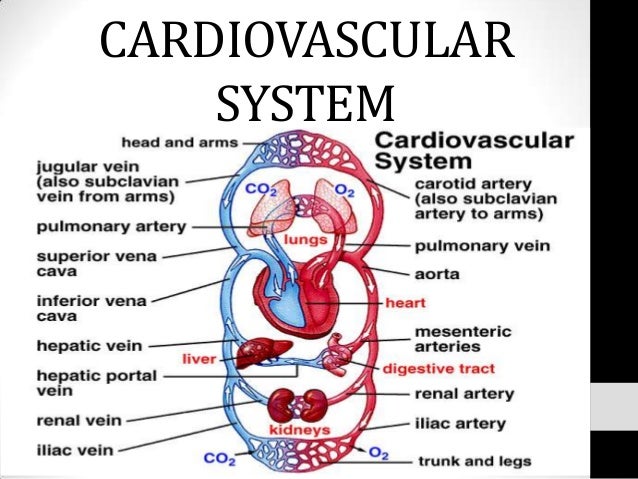Female Reproductive System: Consists of the ovaries, vagina, uterus, Fallopian tubes, breasts, and mammary glands. Their function is to produce gametes then transport them, and also make sex hormones. Among other functions this system also allows for the ova to be fertilized by sperm, and aide in the growth of offspring. The system will create ovum in order for the uterus to be prepared if pregnancy is to occur. This is called the reproductive cycle which occurs for about 28 days on average, more or less for some woman. If the ovum is not fertilized it will be menstruated. The luteinizing hormone and follicle stimulating hormone will urge the ovaries to make a developed ovum which is called ovulation, and happens after 14 days into the reproductive cycle. Each ovum begins as an oocyte before it reaches maturity. The ovum then goes through a week long process to the Fallopian tubes then finally to the uterus. once fertilized the ovum can become a zygote. After thorough cell division the zygote will become an embryo, which then embeds into the uterine wall. The uterine wall is known as the endometrium. If the ovum does not get fertilized the arteries in the uterus halt blood flow to the endometrium. The dead cells are then shed away in a process called menstruation.
Male Reproductive System: The penis, spermatic ducts, sex glands, testes, and scrotum make up this system. All together these parts will produce sperm, male gamete to create the semen. Semen which will be responsible to fertilize the ovum. LH and FSH prepare the body for spermatogenesis at the start of puberty. LH starts off testosterone in the testes. FSH will allow germ cells to develop fully. When fertilizing an egg sperm will use special enzyme to get through the corona radiata, and zona pellucida layers of the egg.

Reproductive: relating to or effecting reproduction.
cervix: the narrow neck ike passage forming the lower end of the uterus.
clitoris: a small sensitive and erectile part of the female genitals at the anterior end of the vulva.
Contraception: the deliberate use of artificial methods or other techniques to prevent pregnancy as a consequence of sexual intercourse.
corpus luteum: a hormone-secreting structure that develops in an ovary after an ovum has been discharged but degenerates after a few days unless pregnancy has begun.
Cowper’s gland: either of a pair of small glands that open into the urethra at the base of the penis and secrete a constituent of seminal fluid.
ejaculatory duct: about two centimeters in length and is created when the seminal vesicle's duct merges with the vas deferens.
epididymis: a highly convoluted duct behind the testis, along which sperm passes to the vas deferens.
Estrogen: any of a group of steroid hormones that promote the development and maintenance of female characteristics of the body.
Follicles: a small secretory cavity, sac, or gland, in particular.
FSH: a gonadotropin, a glycoprotein polypeptide hormone. FSH is synthesized and secreted by the gonadotropic cells of the anterior pituitary gland, and regulates the development, growth, pubertal maturation, and reproductive processes of the body.
GnRH: gonadotropin-releasing hormone. This hormone is released by the hypothalamus in the brain.GnRH acts on receptors in the anterior pituitary gland.
LH: a hormone produced by gonadotropic cells in the anterior pituitary gland.
menopause: the ceasing of menstruation.
Ovaries: a female reproductive organ in which ova or eggs are produced, present in humans and other vertebrates as a pair.
Ovulation: discharge of ova or ovules from the ovary.
Penis: the male genital organ of higher vertebrates, carrying the duct for the transfer of sperm during copulation. In humans and most other mammals, it consists largely of erectile tissue and serves also for the elimination of urine.
Progesterone: a steroid hormone released by the corpus luteum that stimulates the uterus to prepare for pregnancy.
prostate gland: a gland surrounding the neck of the bladder in male mammals and releasing prostatic fluid.
scrotum: a pouch of skin containing the testicles.
semen: the male reproductive fluid, containing spermatozoa in suspension.
seminal vesicle: each of a pair of glands that open into the vas deferens near its junction with the urethra and secrete many of the components of semen.
sperm: the mature motile male sex cell of an animal, by which the ovum is fertilized, typically having a compact head and one or more long flagella for swimming.
testis: an organ that produces spermatozoa
Testosterone: a steroid hormone that stimulates development of male secondary sexual characteristics, produced mainly in the testes, but also in the ovaries and adrenal cortex.
Uterus:the organ in the lower body of a woman or female mammal where offspring are conceived and in which they gestate before birth; the womb.
vagina: the muscular tube leading from the external genitals to the cervix of the uterus in women and most female mammals.
Vas deferens: the duct that conveys sperm from the testicle to the urethra.
Vestibule: a chamber or channel communicating with or opening into another.
vulva: the female external genitals.

http://stream1.gifsoup.com/view1/20150310/5183019/fertilization-o.gif
https://media1.britannica.com/eb-media/31/94931-004-4DED6AD1.jpg
http://www.innerbody.com/image/repfov.html#full-description



